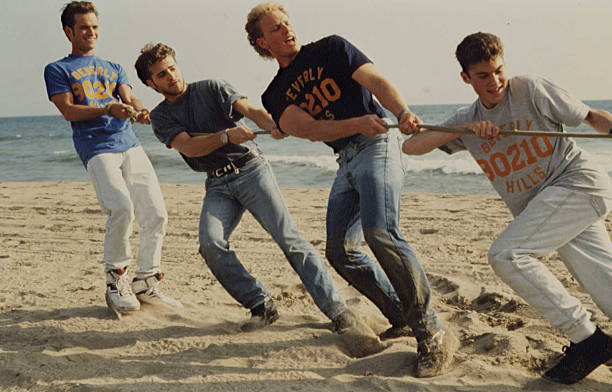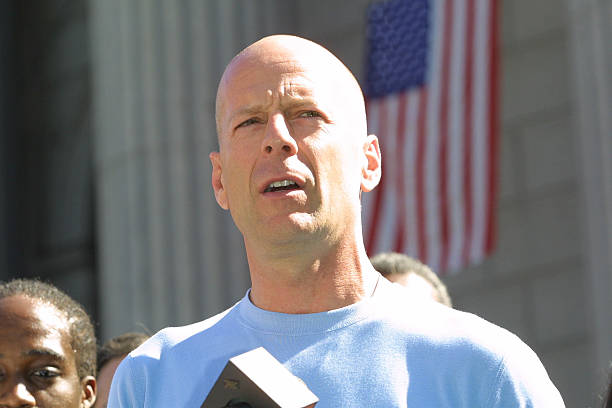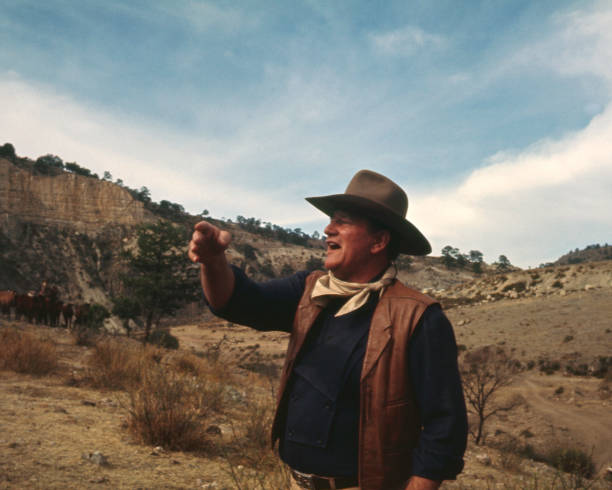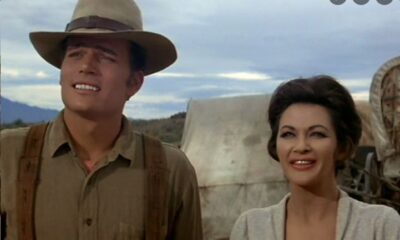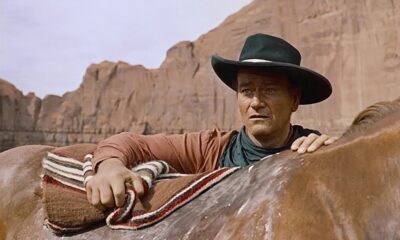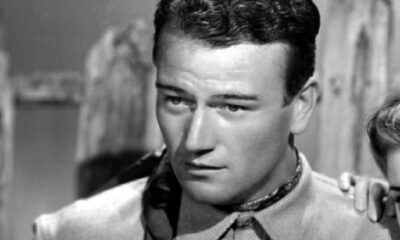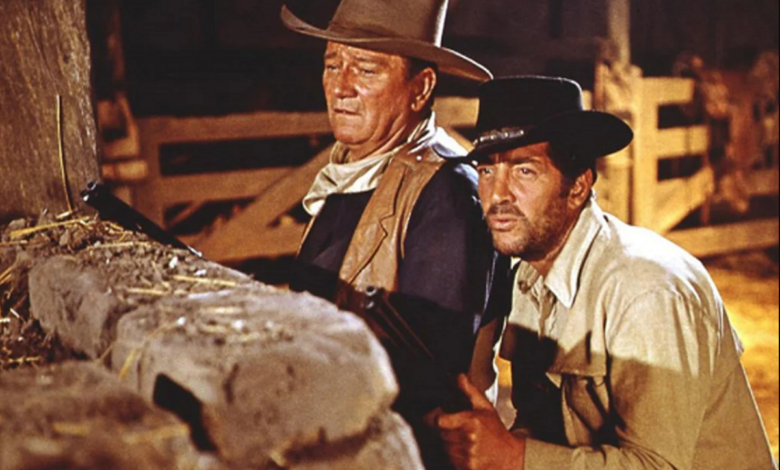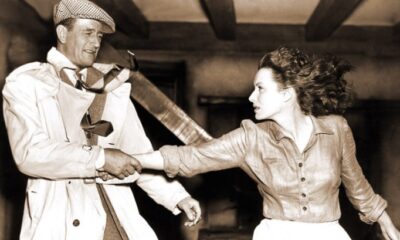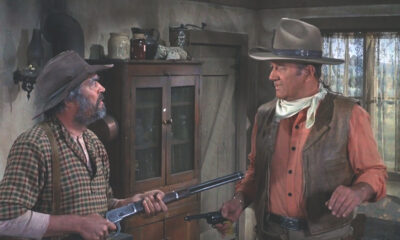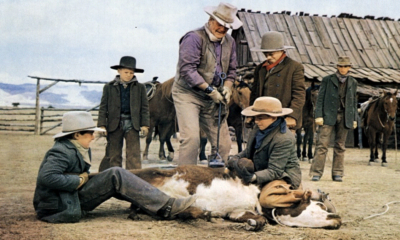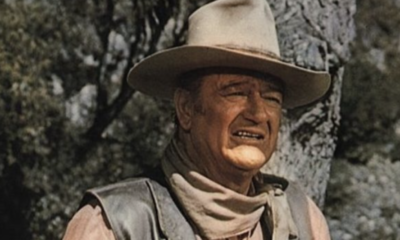Today we travel back in time to when Western Classics were prime television and every little boy wanted to grow up to be a cowboy in the wild, wild west. Today, we are talking about the great Roy Rogers and Trigger, his trusty steed. This team was so much more than just a western classic, they were an American ideal that should be remembered forever and most likely will. Let’s dive in!
About Roy RogersRoy Rogers wasn’t Roy at all. He was actually born with the name Leonard Franklin Slye on November 5, 1911, in Cincinnati, Ohio. Roy Rogers was strictly a stage name for doing what he did best, which was acting, singing, and being a television host. He was best known as, “The King of the Cowboys” in his heyday. He got his first gig on a radio show in Inglewood, California, and joined the short-lived singing group, the Rocky Mountaineers, who were superseded in 1933 by the O-Bar-O Cowboys. The O-Bar-O Cowboys disbanded in Lubbock. Rogers and his associates, Bob Nolan and Tim Spencer went on to organize the Sons of the Pioneers in 1934. Some of their best-known songs are “Tumbling Tumbleweeds” and “Cool Water”.
His film career was just as successful as his singing career. Having filmed in several western type movies before landing the role and stage name, “Roy Rogers”, this is what set him apart from the rest. He went on to act alongside John Wayne, Gene Autry, and many other country-western actors and singers. Roy had three wives over his lifetime. His first was Lucile Ascolese, who was a long time fan. They married in 1933 in Los Angeles, unfortunately, the marriage failed, and the couple divorced in 1936.
After his first failed marriage, he began courting long time friend, Grace Arline Wilkins, whom he had met around the same time as Lucile. They were married in Roswell on June 11, 1936, having corresponded since their first meeting. In 1941, they adopted their first daughter, Cheryl Darlene. The couple went on to have a daughter of their own, Linda Lou and a son, Roy, Jr. (“Dusty”), was born in 1946; Grace died of complications from the birth a few days later, on November 3.
Rogers met Dale Evans in 1944 when they were cast in a film together. They fell in love soon after Grace’s death, and Rogers proposed to her during a rodeo at Chicago Stadium. They married on New Year’s Eve in 1947 at the Flying L Ranch in Davis, Oklahoma, where they had filmed Home in Oklahoma a few months earlier. Together they had five children and were together until Roy’s death in 1998. Together the couple made 88 movies together and 100 episodes of the Roy Rogers television show with Trigger, Bullet, Nellybelle, and other great cast members. They were the true American ideal.
Trigger was born on July 4, 1934. His name wasn’t Trigger though, he was born with the name “Golden Cloud”. He starred in his first movie as just a four-year-old. Which for those of you that knew horses, know that that is quite a feat to have a young horse broke for the movies. Roy met Trigger when he was starring in his first major film, and he was given the choice of five “rented” movie horses and he chose Trigger. It didn’t take long for the two to hit it off. Roy bought Trigger in 1943 and gave him his coined name “Trigger”.
Trigger was known for being too smart for his own good. He knew 150 trick cues and eventually, they ran out of places to cue him for tricks. It didn’t take long for the famous horse to turn into the ham he is known for. When audiences would start clapping, he would automatically bow, which would ruin the trick. He could walk up to 50 feet on his hind legs, sign his autograph (X) with a pencil, and his best trick was that he was house trained. The house training came in handy when for as much time as he spent in hotels, theaters, and hospitals with the kids when he would make fan visits.
The famous yellow horse made not only a name for himself, but also Roy in his life. Roy retired Trigger in 1957 when “The Roy Rogers Show” ended. The stallion was retired to a ranch not far from the family home and was left to a field of green grass and California sunshine. Trigger died peacefully in 1965. Roy didn’t want to bury his long time partner, so he decided to preserve him for generations to come. He had Trigger stuffed and put on display at the Roy Roers-Dale Evans Museum when it originally opened in Apple Valley, California in 1967.
PROC. BY MOVIES
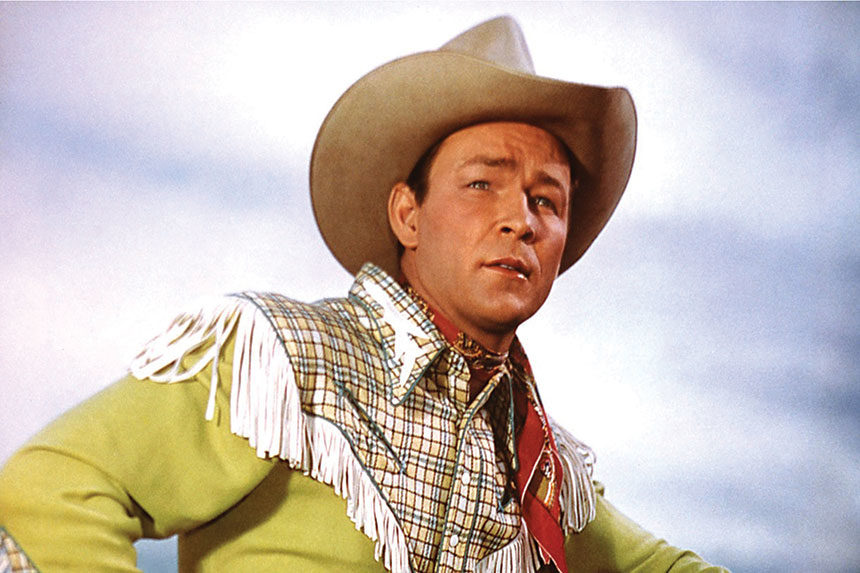

 Entertainment7 months ago
Entertainment7 months ago
 Entertainment7 months ago
Entertainment7 months ago
 Entertainment8 months ago
Entertainment8 months ago
 Entertainment9 months ago
Entertainment9 months ago
 Entertainment7 months ago
Entertainment7 months ago
 Entertainment8 months ago
Entertainment8 months ago
 Entertainment7 months ago
Entertainment7 months ago
 Entertainment7 months ago
Entertainment7 months ago
